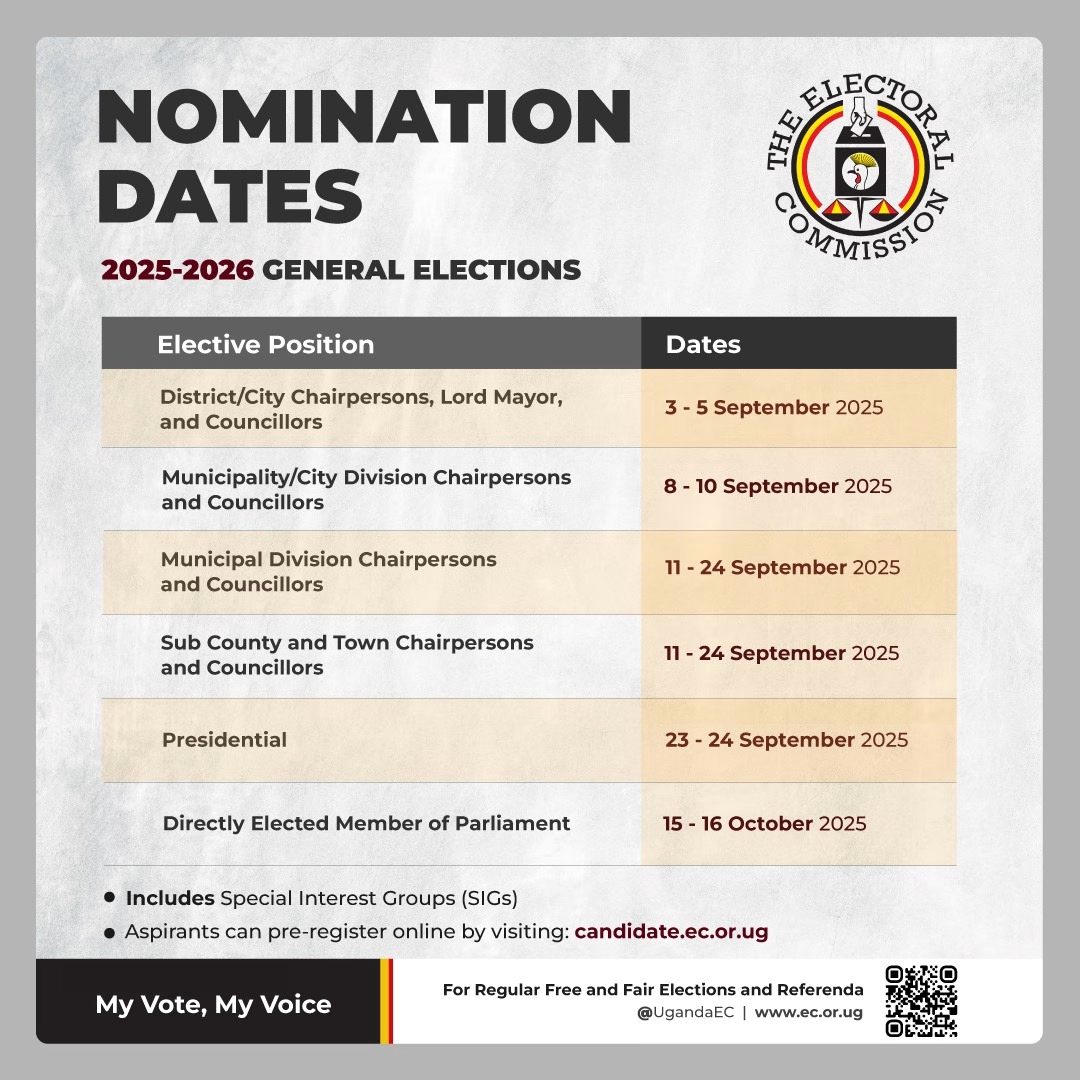
The six key reasons consumers in sub Saharan Africa love mobile money
By Pieter Schulze, Head of Product at Standard Bank
Mobile money transactions represent a substantial portion of domestic economic activity in many countries across sub Saharan Africa. In countries such as Kenya, Tanzania and Zambia, mobile money transactions volumes and values even exceed domestic electronic funds transfers (EFTs) (Central Bank of Kenya, 2023) (Bank of Tanzania, 2023) (Bank of Zambia, 2023). Despite the runaway growth of mobile money, there is still a dearth of research into why people in many markets prefer mobile money payments to the alternatives.
Figure 1: Volume and value of mobile money transactions (International monetary fund, 2023)
While much has been written about the benefits of mobile money in driving financial inclusion, there is less literature regarding the consumer’s experience and preferences. Do people see a difference between traditional currency and mobile money? What do they prefer and why? I interviewed people in Kenya, Ghana, Mozambique Nigeria and Zambia to get a qualitative understanding. Here are the themes that emerged from my randomly sampled interviews:
Simple signup
Respondents said the process of obtaining a mobile money account is easier than getting a bank account. They described regulated basic identification validation with mobile money operators as effortless with minimal paperwork. Basic validation provides a user with entry-level transaction limits. Users can complete additional validation for higher transaction limits. However, entry-level transaction limits are sufficient for most users to settle their routine household and business payments.
Simple value load
Respondents said that it is easy to load value into the mobile money wallet through an EFT from their bank account or via a widespread agent network that can convert physical cash into mobile wallet value. Some users opt to receive their salary payments directly into their mobile money wallet.
Wide acceptance
Respondents find it convenient to spend mobile money. They simply enter the phone number or merchant number of the person or entity they want to pay and complete the transaction at the click of a button. Mobile money is widely accepted and anyone with a phone and mobile number can receive a payment. By contrast, the adoption of card terminals, especially within the informal sector, is low. Respondents use mobile money to pay municipal bills, school fees and rent, to name a few.
Instant exchange
The recipient in a mobile money transaction receives funds instantly and can acknowledge receipt by viewing the cleared funds in their account. Mobile money transactions do not require a proof of payment or experience a delay of a day or two in clearing funds, as is the case with most EFT transactions.
System stability
System stability emerged from interviews as a key factor that drove adoption. Respondents stated that the mobile money system is never down, with a service that is available 24 hours a day and seven days a week. This is something that most banks and card processors aspire towards.
Perception of fees
With mobile money, the payer is levied a transaction fee. Respondents indicate they are aware of this small fee and are happy to pay, given the convenience of the mobile money payment experience.
Conclusion
These insights offer wallet providers, banks and card companies insight into the barriers to adoption for mobile wallets, bank accounts, card adoption and card terminal use such as cost of services and system uptime. This can guide them as they can launch new mobile payment solutions. However, it’s important to note that this study is based on a small sample. Future studies could validate the findings as well as explore different geographical contexts and payment use cases.
Bibliography
Bank of Tanzania. (2023, March 1). Payment systems overview. Retrieved from Bank of Tanzania: https://www.bot.go.tz/PaymentSystem
Bank of Zambia. (2023, March 1). Payment system statistics. Retrieved from Bank of Zambia: https://www.boz.zm/payment-systems-statistics.htm
Central Bank of Kenya. (2023, March 1). Statistics. Retrieved from Central Bank of Kenya: https://www.centralbank.go.ke/national-payments-system/automated-clearing-house/cheques-efts/
International monetary fund. (2023, March 1). Financial Access Survey. Retrieved from Access to Macroeconomic and Financial data: https://data.imf.org/?sk=E5DCAB7E-A5CA-4892-A6EA-598B5463A34C


